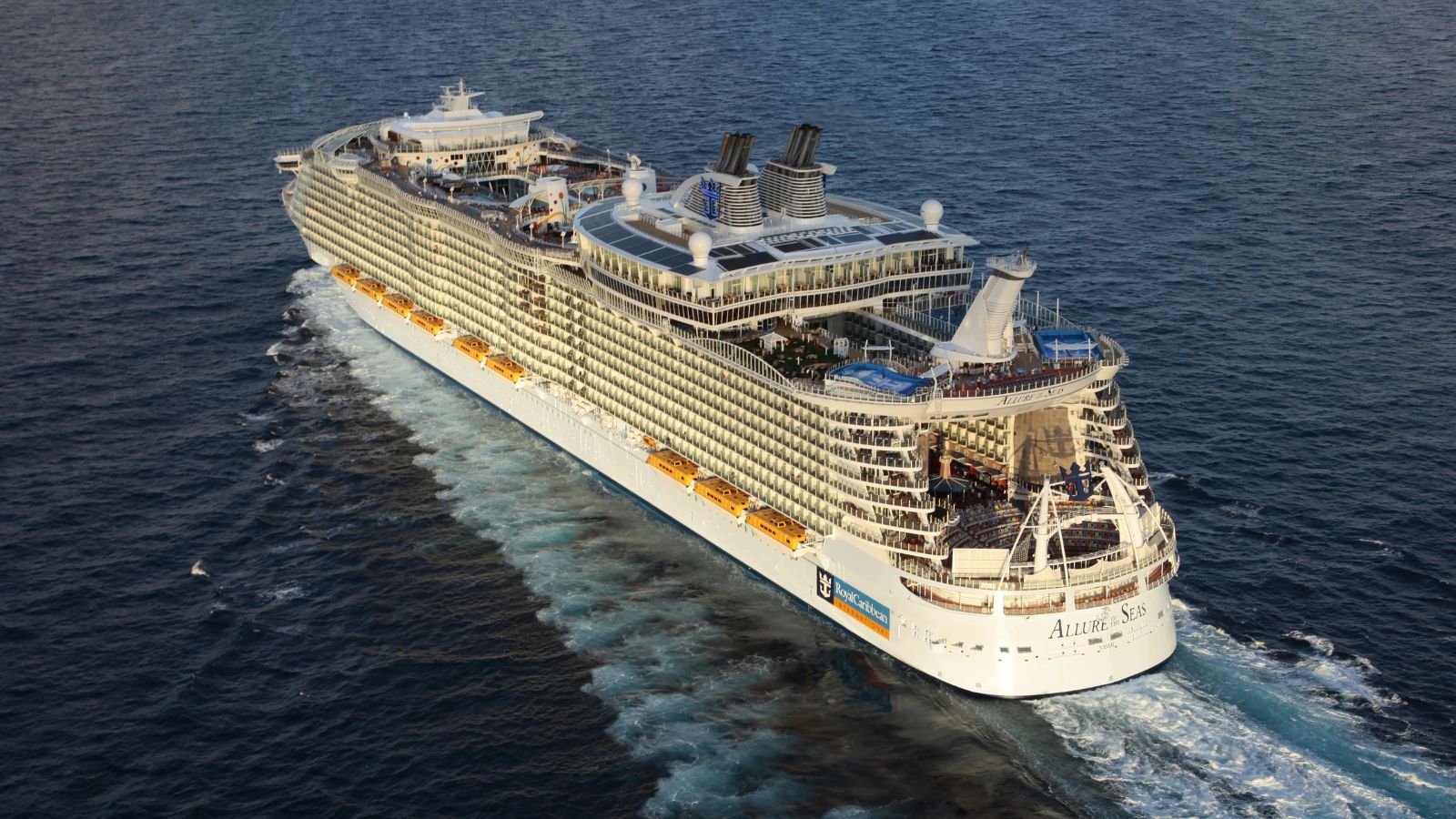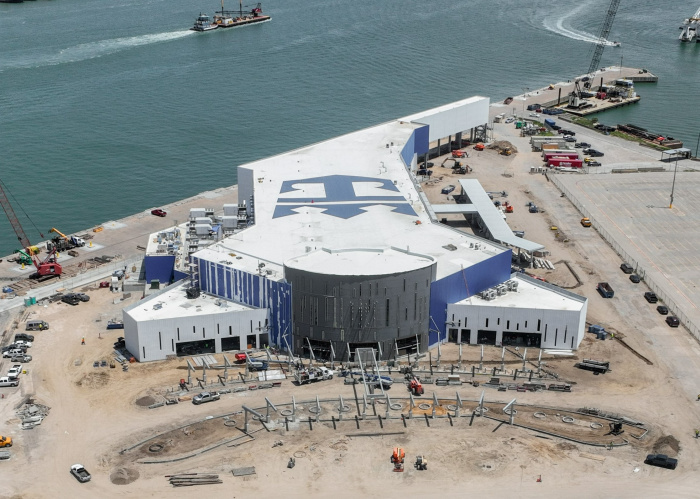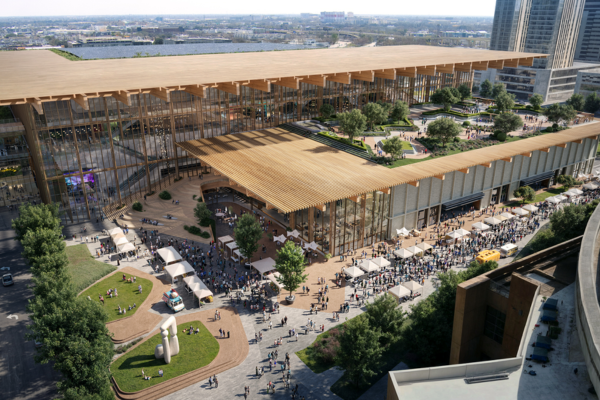Cruise Terminal Upgrades, Additions in Galveston Will Draw Tourism, Money to Region
Published Oct 20, 2022 by Brina Morales
The Port of Galveston is investing an estimated $33 million in cruise-related infrastructure projects as the demand continues to grow.
“You’ve got to spend money to make money,” Rodger Rees, Galveston Wharves Port Director and CEO, wrote in a recent newsletter.
Rees estimates 330 sailings this year, which would be a new record in the port’s 22-year history as a cruise homeport. The port, the fourth busiest in the nation and only home port in Texas, is expected to exceed 1 million cruise passengers in 2023, breaking the 2019 record.
Royal Caribbean International will open the world’s first zero-energy, state-of-the-art terminal at Pier 10 next month to homeport Allure of the Seas, one of the world’s largest cruise ships. According to RCI, the 161,000-square-foot terminal will generate 100% of its needed energy through on-site solar panels and is on track to be the first in Texas to achieve LEED Gold certification.
"We deeply value both the oceans we sail and the communities we visit and operate in, and the modern design and development features at our terminal in Galveston will work in service of both,” said Jason Liberty, President and CEO of Royal Caribbean Group, in a news release.
The $125 million Royal Caribbean terminal will be the third cruise terminal at the port. The project also includes a roughly $22 million investment from the port for pier repairs, site work, utilities and port-operated cruise parking for 1,800 vehicles. The port is investing another $11 million at the renamed Cruise Terminal 25 and 28 (formerly known as Cruise Terminal 1 and 2) which will include two new passenger boarding bridges, expanded check-in and screening areas, additional parking and traffic management improvements. The improvements will allow the port to accommodate the new Carnival Jubilee, the port’s first LNG-fueled cruise ship.
“The new terminal will be a major revenue and jobs generator for the port and regional economy,” Rees said.
In addition to Royal Caribbean, Carnival and Disney, Norwegian and Princess cruise lines will also be sailing out of Galveston next year.
According to the Galveston County Daily News, the island welcomed 6.5 million visitors in 2021, generating $1.2 billion in economic activity. Statewide, the cruise industry generated $1.6 billion in expenditures and 27,000 jobs in 2019.
Travelers spent $16.5 billion in metro Houston in 2021, according to Dean Runyan Associates, which gathered the data on behalf of the Governor’s office. Their spending supported over 120,600 jobs in the region, paid over $6.0 billion in salaries and wages, and generated $1.7 billion in tax revenue.
 The Houston Report
The Houston Report





















